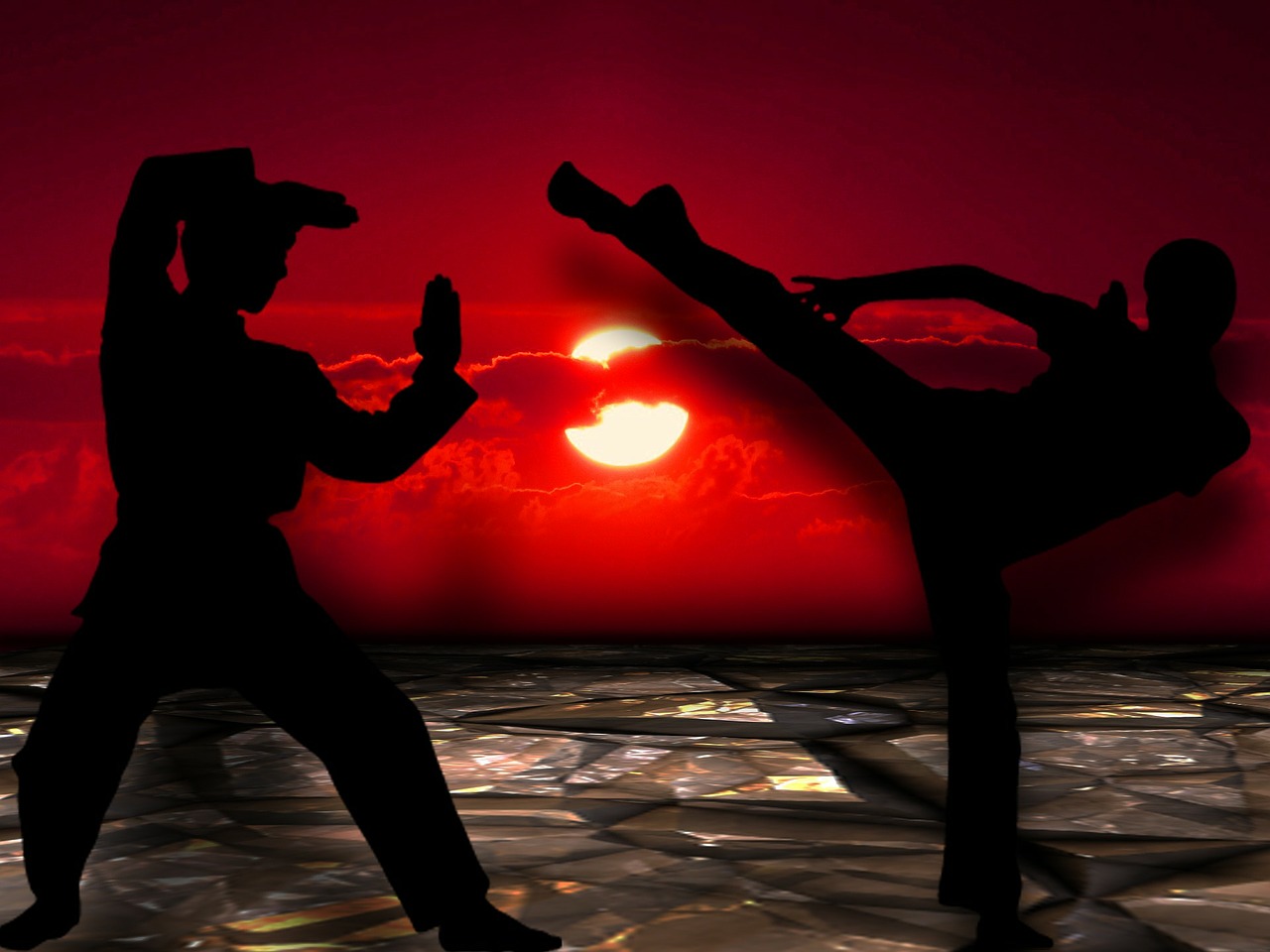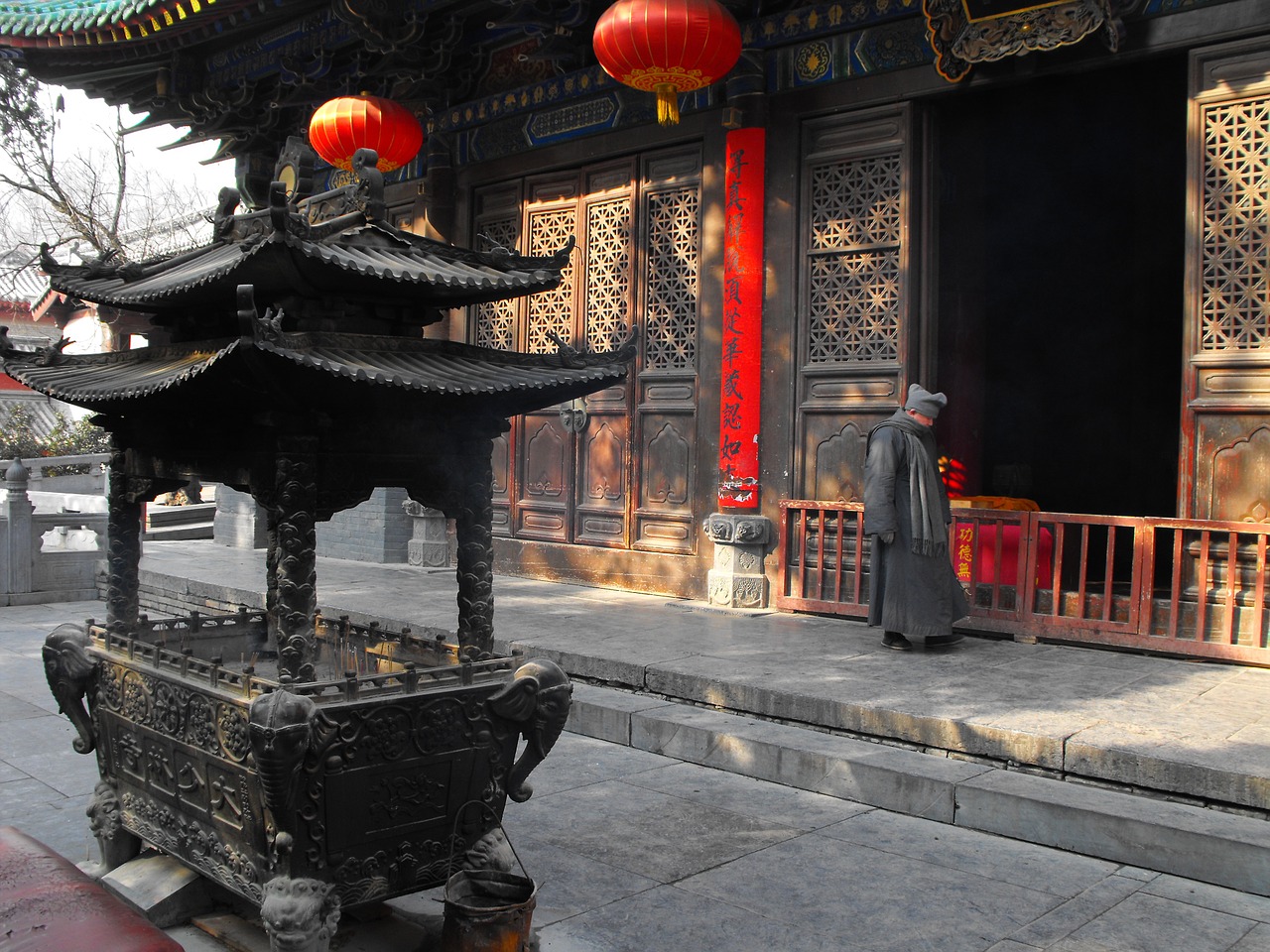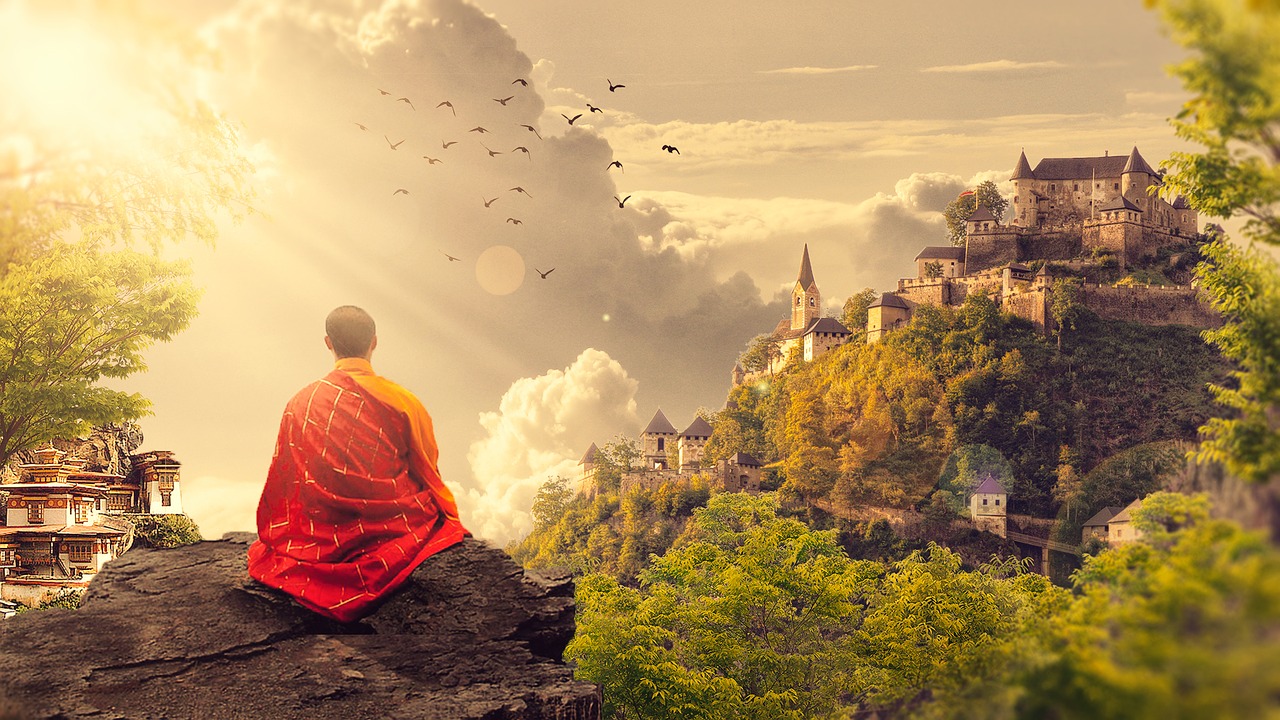Le arti marziali - Origini e Scopo // The martial arts - Origins and Purpose [ITA - ENG]

CCO Creative Commons - Pixabay

Salve gente!
Bene, dove eravamo rimasti? Ah si! Lo Shaoiln Ch’uan! Cominciamo col dire che questa disciplina fa parte dell’insieme di tutte le tradizionali arti marziali cinesi, ovvero il Kung Fu. La parola Kung Fu è infatti una forma generica di espressione che si può tradurre come “esercizio eseguito con abilità”.
Volendo classificare le arti marziali cinesi, possiamo individuarne due grandi categorie:
- il Wai Chia, il cui stile principale è lo Shaolin Classico, basato sull’importanza delle caratteristiche esteriori delle tecniche come, ad esempio, forza e velocità;
- il Nei Chia, il cui stile principale è il T’ai Chi Ch’uan, basato invece sull’importanza delle caretteristiche interne e dunque sullo sviluppo della propria energia interna.
In realtà, però, è bene sottolineare che le due categorie sono fortemente interconnesse, infatti, per ottenere efficacia, è necessario che vi sia un giusto connubbio fra l’energia interna e il vigore esterno da parte dell’atleta.
In generale, la pratica del Kung Fu comporta che l’allievo si debba impegnare nella pratica quotidiana e nel seguire un maestro che gli faccia da guida. Il Kung Fu rappresenta una sorta di ascesa personale, una crescita nel corpo e nello spirito. Si dice infatti che il Kung Fu deve essere compreso con il corpo, poi con il cuore ed infine con la mente.
Le origini dello Shaolin Ch’uan
Lo Shaolin Ch’uan, più semplicemente detto Shaolin, che qui di seguito proverò a sintetizzare, ha diversi significati: etimologiamente si traduce come Shao (Giovane) Lin (Foresta) Ch’uan (Pugno/Pugilato), ovvero il Pugilato della Giovane Foresta, facendo riferimento alla foresta che circondava il famoso Tempio Shaolin, lo Shaolin Su, che era un antico monastero buddhista situato nella provincia settentrionale della Cina, sui monti Songshan, nella regione Henan.
Il Tempio, che venne distrutto più volte a causa di insubordinazioni dei Monaci nei confronti dell’Imperatore, oggi è stato ricostruito per volontà dal Governo cinese più o meno sul sito originale. L’importanza del Tempio è dovuta al fatto che rappresenterebbe il luogo d’origine delle prime Arti Marziali, grazie al contributo della leggendaria figura del Bodhidama, un monaco indiano ritenuto primo patriarca del Buddhismo Chan, ovvero lo zen. In questo luogo, dunque, tali discipline sono nate e sviluppate per poi essere tramandate nei secoli.
L’arte dello Shaolin rappresenta, oltre l’arte originaria insegnata nel tempio Shaolin come appena detto, l’insieme di tutti gli stili esterni del Kung Fu ma anche uno qualsiasi di tali stili. La saggezza del buddhismo chan è l’elemento principe su cui si basa la cultura dello Shaolin, infatti le discipline praticate dai monaci nel tempio Shaolin sono state dichiarate dall’UNESCO come Patrimonio Culturale dell’Umanità, in quanto massima forma di espressione delle arti marziali.
Questa arte, oggi, è nota come Shaolin Classico della Cina del Nord, la cui caratteristica principale sono le posizioni ampie e le tecniche veloci. Appartengono invece alla tradizione del Sud le posizioni piccole e le tecniche corte.
Lo scopo
Per tornare al mio percorso di crescita personale, quando ho deciso di conoscere le arti marziali, ho capito perché c’era questo desiderio latente in me e perché, certamente pur riconoscendo che fu un errore, non mi ci sono avvicinato prima. Semplicemente non ero pronto, il mio percorso purtroppo non era ancora a quel punto. Con questo non voglio dire che ora sono “arrivato” ma certamente mi sento più consapevole. Probabilmente, quando ero piccolo, vedevo come motivo per non praticare queste arti, il fatto che fossero una forma di combattimento, il che apparentemente contrastava con la mia natura pacifista.
Oggi sono ancora pacifista ovviamente, infatti ho capito di essere attratto soprattutto dalla natura spirituale di queste discipline, e poi a riconferma del percorso che ho intrapreso, ho scoperto che c’era un collegamento, come abbiamo visto, con la filosofia zen, e per me è stata la chiusura del cerchio per così dire.
Si dice infatti che l’allenamento serve a rinvigorire lo spirito ma si basa sull’autodifesa, che l’obiettivo dello Shaolin è insegnare alla mente e al corpo ad essere un tutt’uno, NON per utilizzare le proprie abilità contro gli altri bensì per imparare a vivere, se stessi con gli altri, in armonia.
Bene ragazzi, direi che una bella infarinatura di base l’abbiamo data ma altro ancora c’è da dire sullo Shaolin, così vi do appuntamento al prossimo articolo, qualora lo vogliate, per saperne di più! Adesso non mi resta che rinnovare il mio sentito grazie per essere passati di qui e, naturalmente, vi abbraccio tutti!
L'Ego dice: "Quando ogni cosa andrà a posto troverò la pace".
Lo Spirito dice: "Trova la pace e ogni cosa andrà a posto".

CCO Creative Commons - Pixabay

Hello people!
Well, where were we staying? Right, Shaoiln Ch'uan! Let's start by saying that this discipline is part of all of the traditional Chinese martial arts, namely Kung Fu. The word Kung Fu is in fact a generic form of expression that can be translated as "exercise performed with skill".
Wanting to classify the Chinese martial arts, we can identify two major categories:
- the Wai Chia, whose main style is the Shaolin Classic, based on the importance of the external characteristics of the techniques such as, for example, strength and speed;
- the Nei Chia, whose main style is T'ai Chi Ch'uan, based instead on the importance of internal features and therefore the development of its internal energy.
In reality, however, it is good to underline that the two categories are strongly interconnected, in fact, in order to obtain effectiveness, it is necessary that there is a right combination between the internal energy and the external vigor on the part of the athlete.
In general, the practice of Kung Fu means that the student must engage in daily practice and follow a teacher who is his guide. Kung Fu represents a kind of personal ascent, a growth in body and spirit. It is said that Kung Fu must be understood with the body, then with the heart and finally with the mind.
The origins of Shaolin Ch'uan
The Shaolin Ch'uan, more simply called Shaolin, which I will try to summarize below, has several meanings: etymology translates as Shao (Young) Lin (Forest) Ch'uan (Fist/Boxing), or Boxing of the Young Forest, referring to the forest that surrounded the famous Shaolin Temple, Shaolin Su, which was an ancient Buddhist monastery located in the northern province of China, in the Songshan mountains, in the Henan region.
The Temple, which was destroyed several times due to insubordination of the Monks against the Emperor, today was rebuilt by the Chinese government more or less on the original site. The importance of the Temple is due to the fact that it would represent the place of origin of the first Martial Arts, thanks to the contribution of the legendary figure of Bodhidama, an Indian monk considered to be the first patriarch of Chan Buddhism, or Zen. In this place, therefore, these disciplines were born and developed and then handed down over the centuries.
The art of Shaolin represents, besides the original art taught in the Shaolin temple as just mentioned, the set of all the external styles of Kung Fu but also any of these styles. The wisdom of Buddhism chan is the main element on which the Shaolin culture is based, in fact the disciplines practiced by the monks in the Shaolin temple have been declared by UNESCO as Cultural Heritage of Humanity, as the highest form of expression of martial arts.
This art, today, is known as Classic Shaolin of North China, whose main characteristic are the wide positions and the fast techniques. On the other hand, small positions and short techniques belong to the Southern tradition.
The purpose
To return to my personal growth path, when I decided to learn about martial arts, I understood why there was this latent desire in me and because, certainly recognizing that it was a mistake, I have not approached it before. I simply was not ready, my path was unfortunately not yet at that point. With this I do not want to say that now I have "arrived" but certainly I feel more aware. Probably, when I was a child, I saw as a reason not to practice these arts, the fact that they were a form of combat, which apparently contrasted with my pacifist nature.
Today I'm still a pacifist of course, in fact I realized I was attracted mainly by the spiritual nature of these disciplines, and then to reconfirm the path I took, I discovered that there was a link, as we saw with Zen philosophy, and for me it was the closing of the circle so to speak.
It is said that training serves to reinvigorate the spirit but is based on self-defense, that the goal of Shaolin is to teach the mind and body to be one, NOT to use their skills against others but to learn to live, oneself with others, in harmony.
Well guys, I would say that a good smattering of basic we have given but more is to say on Shaolin, so I give you appointment to the next article, if you want, to learn more! Now I just have to renew my heartfelt thanks for passing by here and, of course, I embrace you all!
The ego says: "When everything goes right I will find peace"
The Spirit says: "Find peace and everything will fall into place"
